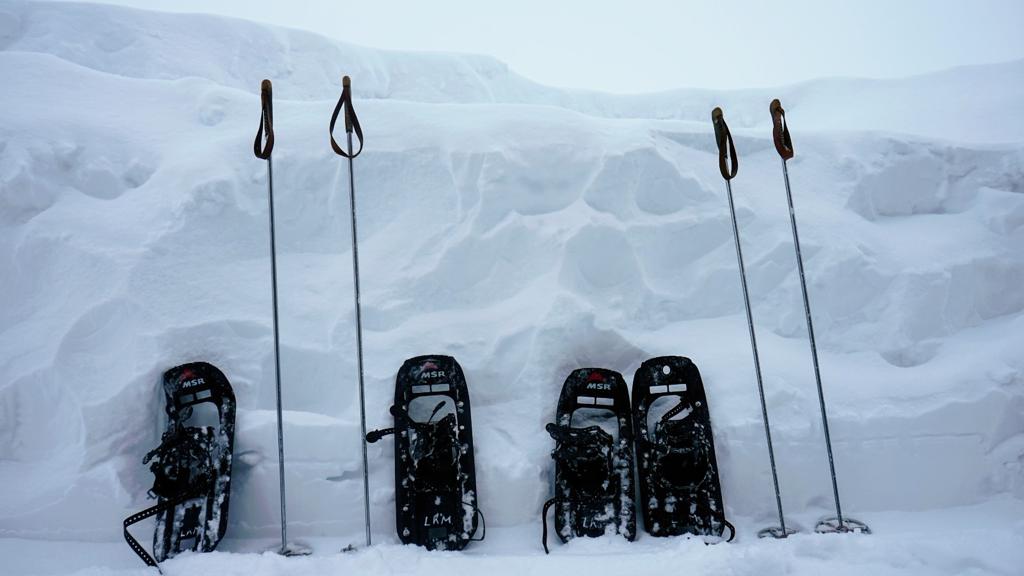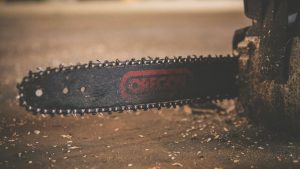
How to Choose Snowshoes: Tips and Guidelines
When the snow starts falling and covers the trails and mountains, it’s time to gear up for winter sports. Snowshoeing is an exciting and popular activity that can be enjoyed by anyone. However, choosing the right snowshoes is essential to ensure comfort, stability, and performance. With the vast array of options available, selecting the best pair of snowshoes can be overwhelming. This guide will provide ten tips on how to choose snowshoes that are perfect for you.
Consider the Terrain
The terrain you’ll be snowshoeing on plays a crucial role in determining the type of snowshoes you should get. If you’ll be snowshoeing on flat, packed snow trails, recreational snowshoes with smaller crampons are suitable. For steep and icy terrain, mountaineering snowshoes with aggressive crampons are essential. Additionally, if you’ll be snowshoeing in deep snow, consider getting larger snowshoes to provide more floatation.
Determine the Snowshoe Size
Snowshoes come in different sizes to cater to various weights and snow conditions. The length and width of the snowshoes determine the amount of floatation you’ll get. A general rule of thumb is that the heavier the person, the larger the snowshoe size should be. Moreover, if you’ll be carrying a backpack, consider getting a larger snowshoe to accommodate the extra weight.
Select the Binding System
The binding system is an essential feature of snowshoes that secures your feet to the snowshoe. Choose a binding system that is comfortable, easy to adjust, and fits your boots. Strap bindings are the most common and are easy to use, while ratchet bindings provide a more secure fit. Boa bindings are also gaining popularity as they offer quick and precise adjustments.
Look at the Frame Material
Snowshoe frames can be made of aluminum, plastic, or composite materials. Aluminum frames are the most durable and suitable for mountaineering and rough terrain. Plastic frames are lightweight and ideal for recreational snowshoeing. Composite frames are durable and lightweight, making them suitable for long-distance snowshoeing.
Check the Crampon Type
Crampons are the metal spikes under the snowshoes that provide traction on icy terrain. There are two types of crampons: toe crampons and underfoot crampons. Toe crampons are suitable for flat terrain and provide more maneuverability. Underfoot crampons are more aggressive and provide better traction on steep and icy terrain.
Evaluate the Decking Material
Decking material refers to the material that covers the frame and provides the snowshoe’s surface area. The decking material affects the snowshoe’s performance and durability. Nylon is the most common decking material and is suitable for recreational snowshoeing. For more aggressive snowshoeing, consider getting a snowshoe with a more durable and waterproof material, such as Hypalon.
Consider the Snowshoe Shape
Snowshoes come in different shapes, including round, oval, and tapered. Round snowshoes are suitable for recreational snowshoeing, while oval snowshoes provide more floatation and maneuverability. Tapered snowshoes are ideal for steep terrain and provide better maneuverability.
Take Your Experience Level Into Account
Your experience level is another factor to consider when choosing snowshoes. If you’re a beginner, consider getting a recreational snowshoe with a smaller crampon size and a more flexible frame. For more experienced snowshoers, consider getting a mountaineering snow shoe with aggressive crampons and a stiffer frame.
Consider the Weight of the Snowshoe
The weight of the snowshoe is an essential factor to consider, especially if you’ll be going on long snowshoeing trips. Lighter snowshoes are easier to maneuver and reduce fatigue. However, lighter snowshoes may not be as durable as heavier snowshoes. Strike a balance between weight and durability to get a snowshoe that suits your needs.
Think About the Price
Snowshoes come in different price ranges, and the price may vary depending on the snowshoe’s features and quality. Determine your budget and select a snowshoe that offers the best features and quality within your budget range. Keep in mind that higher-priced snowshoes may offer more features and durability.
Try Before You Buy
Before purchasing snowshoes, try them on to ensure they fit well and are comfortable. Wear the boots you’ll be using with the snowshoes and walk around to see how they feel. Ensure that the bindings are easy to adjust and secure. Take the snowshoes for a test run to evaluate their performance and make any necessary adjustments.
Conclusion
Choosing the right snowshoes is crucial for an enjoyable snowshoeing experience. Consider the terrain, size, binding system, frame material, crampon type, decking material, snowshoe shape, experience level, weight, and price when selecting snowshoes. Take your time to evaluate different options and try on snowshoes before purchasing. With these tips, you can select snowshoes that are perfect for you and enjoy the beauty of winter with ease.













